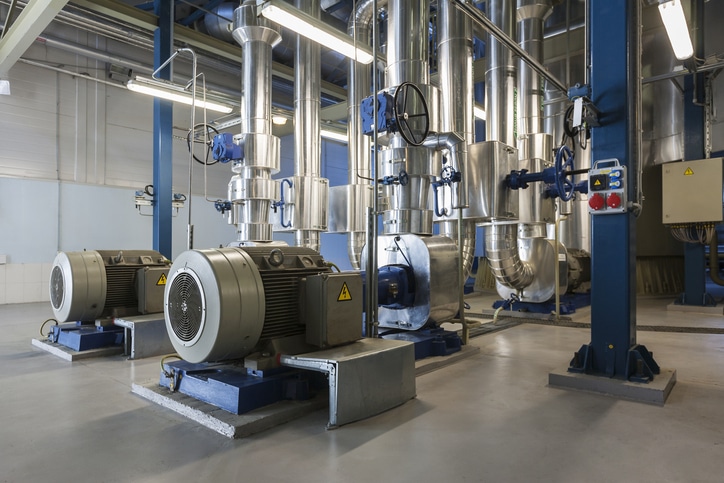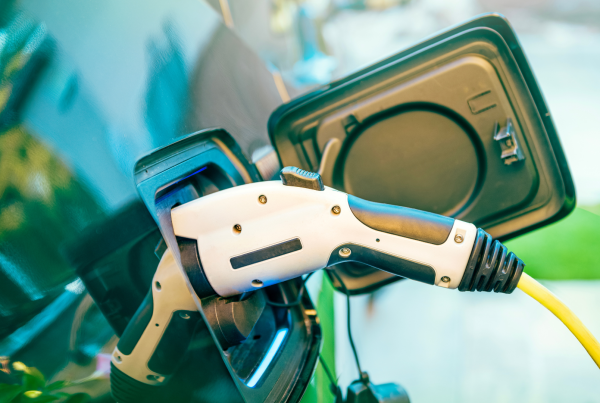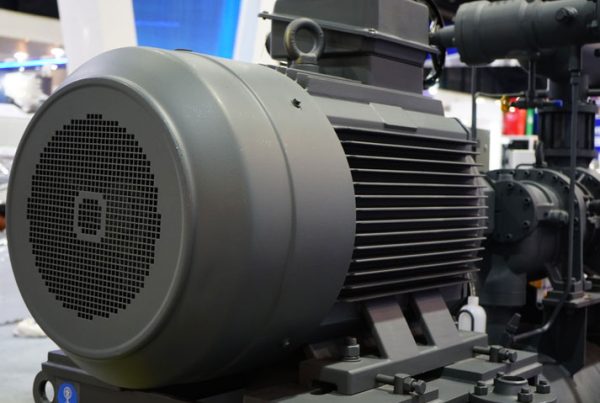A DC motor is a machine whose function is to convert electrical energy to mechanical. To accomplish this, it uses the principle of electromagnetic induction, meaning the current-carrying conductor is put in the magnetic field and it experiences a mechanical force.
Direct current (DC) electric motors are widely used in the modern-day industrial sector. From automobiles to robotics, a wide range of motoring applications use DC motors to perform a variety of tasks and jobs. Because DC motors are so versatile, many different types have been developed. The four primary types of DC motors include the following:
Permanent Magnet DC Motor
This motor works by using a permanent magnet to produce a field flux. Its stator frame lacks a field winding, so it uses permanent magnets to support a magnetic field, which produces torque when the rotor field interacts with it. This form of direct connection motor offers terrific starting torque. In addition, it has stable speed regulation.
Series DC Motor
With this motor, the field is linked in series with the armature. To ensure the field carries the entire armature current, the field is wound with a few turns of huge wire.
A property of a series motor is that the motor has a massive amount of starting torque. But the speed differs greatly between full and no load. You cannot use a series motor when a constant speed is necessary for fluctuating loads. Series-connected motors are also unreliable for situations where speed changes frequently.
Keep in mind that in the case of a series motor with no load, the speed can rise dangerously to a point where it can even damage the motor. The series-connected motor must connect some load.
Shunt DC Motors
Shunt DC motors are a form of direct connection motor. In these motors, the shunt field winding is parallel to the armature winding. Shunt DC motors offer great speed regulation because the shunt field can exist separately from the armature windings.
Compound DC Motors
In a DC compound motor, most of the field is wound for a shunt field. The starting torque is higher than a shunt motor and lower than a series motor. The speed will affect the load and the amount depends on the percentage of field space assigned to the series winding.
You can arrange the service field to increase or decrease the speed with the load. These motors are used in large applications, such as industrial mixers, conveyors, and unwind brake generators.
Final Thoughts
Regardless of the type of DC electric motor you have, if you need one serviced or repaired, or are in the market for a new one, we can help you out! We perform all repairs and rewinds in a state of the art workshop to increase lead times and minimize costs. Get in contact with us today and find out how we can assist you.




